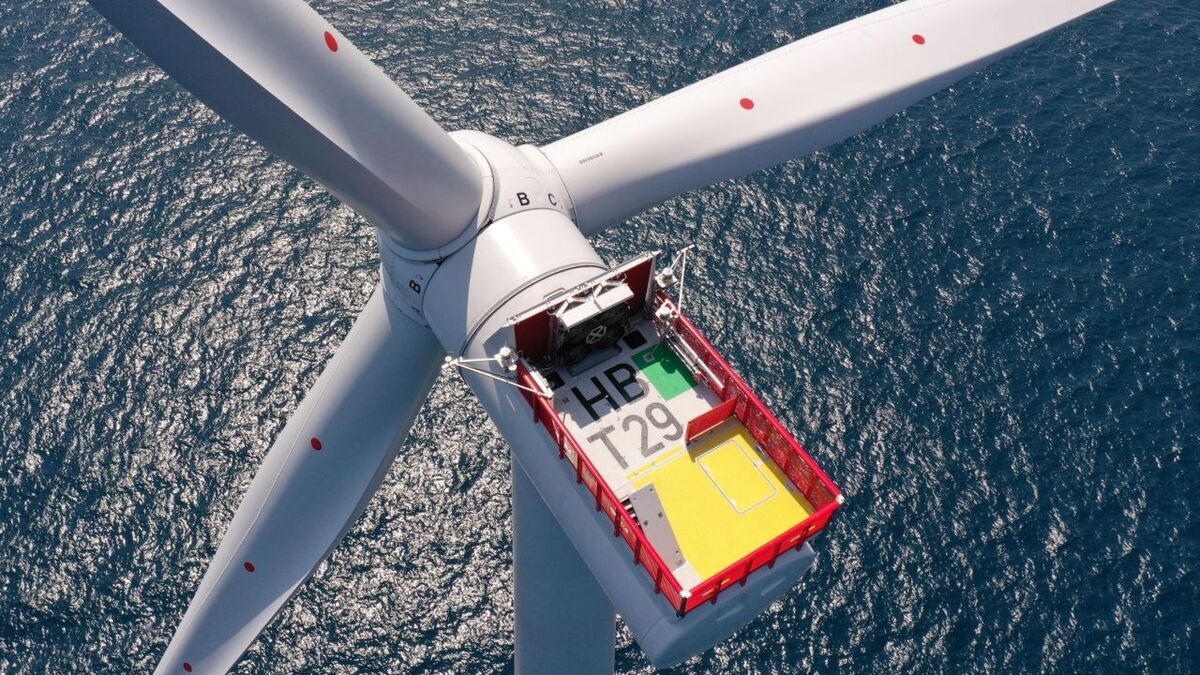The latest edition of Offshore Wind Intelligence Monthly, published by Clarksons as part of its Renewables Intelligence Network, says the outlook for the offshore wind industry remains ‘highly positive’
As of the start of August 2022, 53.7 GW of offshore wind capacity was active globally across 261 windfarms. Installed capacity is expected to increase substantially over the coming years and is projected to grow by a CAGR of 21% to reach 252 GW by start-2030.
“Equally,” said Clarksons, “continuing support from a refreshed desire in Europe to increase regional energy security, amid the Russia-Ukraine conflict, has led several governments to increase their offshore wind targets. This has included an increase in the frequency and number of planned offshore wind auctions – such as in the UK, which is moving to hold annual Contracts for Difference (CfD) rounds from next year onwards.”
According to data from the Renewables Intelligence Network, across 2022, active capacity is projected to grow by a further 13%. In the year to date, 1.9 GW has come online globally, with 9 GW projected to start-up in the full year (5.5 GW has reached first power). 4.9 GW (54% of the annual global total) is set to come online in Asia and 4 GW (44% of the global total) is expected to start-up in Europe. The UK is set to account for the largest share of start-up capacity (35%, equivalent to 3.2 GW), while 2.9 GW looks set to come online off China (32% of the global total).
In addition to projects coming online, notable project final investment decisions (FIDs) are expected to be reached by the end of this year, although cost pressures persist.
Several notable offshore windfarms are expected to reach FID by the end of 2022, including Ocean Winds’ US$2.6Bn Moray Firth West project off the UK, which was one of the five fixed-bottom offshore wind projects to secure offtake in the UK’s 4th CfD round.
According to Clarksons, US$34Bn of capex is projected to be committed in full year 2022, with 2023 potentially seeing total offshore wind project investment reach US$7Bn, although inflationary cost pressures continue to exert an influence on the offshore wind supply chain, especially turbine OEMs.
The well-known broker said ordering activity in the wind turbine installation vessel and /service operation vessel (C/SOV) sectors “has gone from strength to strength in 2022.”
As of the start of August, 15 newbuild wind turbine installation vessel orders have been placed, up 17% on last year’s record total on an annualised basis.
“With wind turbine installation vessel demand set to see strong growth over the coming years and developers looking to use larger turbines, 9,700 turbines are projected to be installed between the start of August 2022 and end-2027, of which in excess of 3,500 are expected to be more than 12 MW, and owners are ordering units with larger cranes.
Clarksons noted that all of the installation vessels ordered in the year to date will have a crane of greater than 1,200 tonnes SWL, with 11 set to feature a crane greater than 1,500 tonnes SWL.
In the C/SOV sector, 14 orders have been placed in the year to date, up 60% on last year’s record total on an annualised basis. Strong ordering activity is being driven by an expected increase in demand for ‘walk-to-work’ units to support windfarm construction and maintenance in Europe over the coming years.
Clarksons said European wind turbine installation vessel utilisation ‘remains robust.’European utilisation stood at 90% at the start of August, maintaining a streak of greater than 85% utilisation for five months.
Firm utilisation levels for these vessels continues to be underpinned by strong seasonal demand for turbine and foundation installation work and maintenance at windfarms off the UK and Germany.
“Vessel owners continue to focus on supporting windfarm developers to be ‘green through the supply chain’ and many C/SOV owners are looking to order units featuring batteries and alternative fuel capabilities to reduce the emissions,” Clarksons concluded, highlighting Olympic Shipping’s order for two battery-hybrid, methanol-ready CSOVs in July. Currently, 97% of all C/SOVs on order are set to feature batteries.






